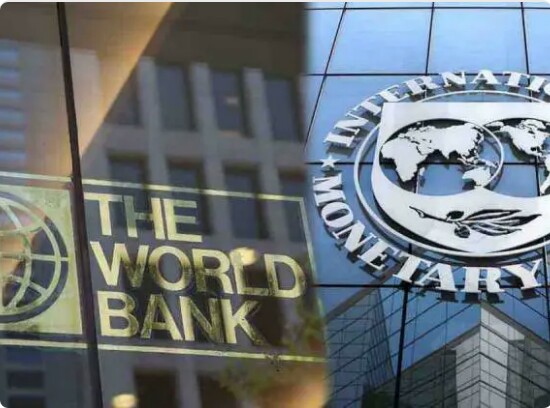Nigeria And Sub-Saharan African Countries, Economic Rebound-IMF
Nigeria And Sub-Saharan African Countries, Economic Rebound-IMF
The International Monetary Fund (IMF) has projected a rebound in the economy of Nigeria and other countries in the Sub-Saharan African (SSA) region to 4.0 percent in 2024.
The IMF, however, noted that a slowdown in reform efforts, a rise in political instability within the region, or external downside risks could undermine the projected growth.
The inflationary shock following Russia’s war in Ukraine has prompted higher interest rates worldwide, which has meant slowing international demand, elevated spreads, and ongoing exchange rate pressures. It stated: “2023 has been a difficult year for activity in sub-Saharan African economies.
As a result, growth in 2023 is expected to fall for the second year in a row to 3.3 percent from 4.0 percent last year. The region is expected to rebound next year, with growth increasing to 4.0 percent in 2024, picking up in four-fifths of the sub-Saharan Africa’s countries, and with strong performances in non-resource intensive countries.
“Macroeconomic imbalances are also improving; inflation is falling for most of the region, and public finances are gradually being put on a more sustainable footing’’.
The IMF, however, said that countries in the region need to address high inflationary pressures, exchange rate pressure, manage debt obligations while creating space for development spending, and improve living standards and potential growth to be able to meet its projected 4.0 percent economic growth for the region by 2024.
“Moreover, four clouds are on the horizon which require determined policy action in the face of difficult tradeoffs: First, inflation is still too high. It is in double digits in 14 countries. And it remains above target in most countries with explicit targets.
Second, the region continues to face significant exchange rate pressures.
Third, debt vulnerabilities are elevated. The funding squeeze is not over, as borrowing rates are still high, and rolling over debt is a challenge. And half of the low-income countries in the region are at high risk or in debt distress.
“Finally, while the recovery is underway, economic divergences within the region are widening.
If you liked this article, then please join our WhatsApp Group for More tutorials. You can also find us on Twitter and Facebook.
Disclaimer: Contents provided and/or opinions expressed here do not reflect the opinions of The Charity Reporters or any employee thereof.





